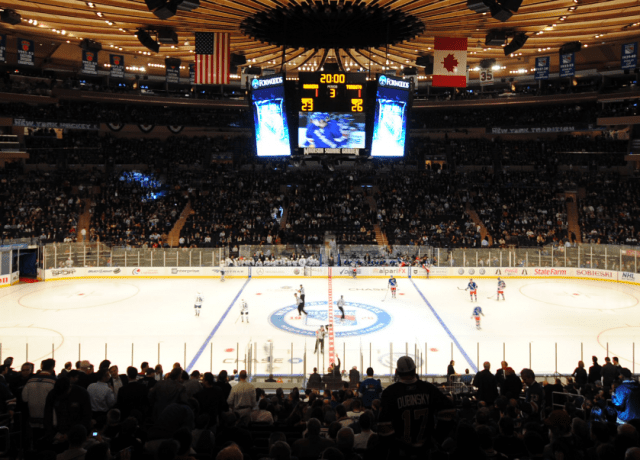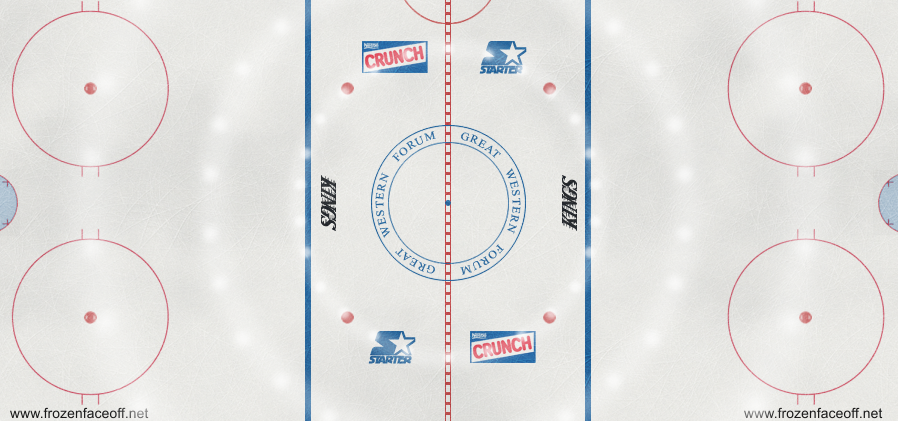In our first blog about integrated advertising in sports, we discussed the innovation on display during the 2017 World Series.
The innovative advertising included 6-second ads, commercial-free breaks, and a very perceptive take on modern day viewership.
We also discussed the rise of OTT and multiple-device viewers, which both make effective ad integration more important than ever during sporting events – regardless of whether viewers are at the game, or in their homes.
To keep the discussion moving, today we’re going to take a look at integrated advertising in the NHL and the sport of hockey.
Breaking the Ice
Hockey is a very fast-paced game. There is a lot of back-and-forth, and a ton of movement.
Because of that, viewer’s eyes are going to be all over the place. Viewers will almost never be looking at the same spot for more than a few milliseconds.
Hockey arenas also have a large amount of white-space.
Having so much white space can mean a few things…
First, there is a lot of space to be filled. Room for a lot of advertisers to co-exist, or, room for a single brand to occupy a lot of ad space.
Secondly, white space means that any ad being placed will have a white background – which is not a common canvas for advertisers.
All in all, advertisers only have a flicker of time to catch and hold the eye of the average hockey-fan, meaning they need to focus on ads that are clear-cut, well-branded, noticeable, and punchy.
Let’s take a look at how the NHL and its advertisers have been capitalizing on this environment to create the ultimate integrated ad experience for viewers…
Filling the Empty Space
Prior to the 1980’s, hockey-lovers were rarely, if ever, exposed to integrated advertising when watching a live game.
Take a look at this example from the 1978 Stanley Cup Final between the Toronto Maple Leafs and the Montreal Canadiens:
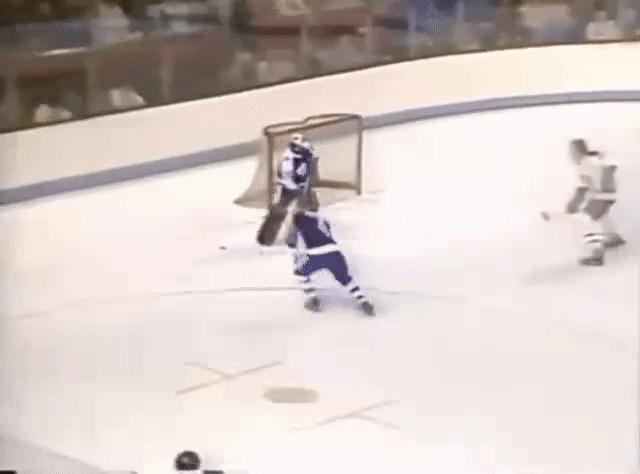
What’s the first thing you notice? Hockey, perhaps? And almost nothing else?
In hindsight, compared to what we are now accustomed to, this is an extremely intriguing viewer experience.
A fun way to look at this clip, is to look at all of the white-space – on the boards, and on the ice – as ad inventory that has yet to be filled.
In doing so, it makes it much easier to understand the previously mentioned characteristics of hockey, and what advertisers must consider when looking to place an ad.
Notice the speed, the frantic camera movement, and how much space is actually available for advertisers.
Upon the onset of the 1980’s, slowly but surely, teams began to populate small sections of rink boards with advertisements.
Take this example, from the 1980 Super Series between the Buffalo Sabres (US) and the Red Army (Soviet Union):

The first thing you may notice is that in-rink ads preceded the complete adoption of helmets in professional hockey… Woah.
More importantly, it shows, initially, only small sections of the boards were occupied by advertisements – giving brands a bit more notice.
As the year’s passed, however, white space continued to disappear, as more and more ads populated in-rink boards.
By the time the 1990’s hit, in-rink boards were mostly filled, and ads began to spill onto the ice itself.
This is what the ice looked like at The Forum (home of the Los Angeles Kings) in 1994:
In taking out the boards, it’s easy to see the Crunch and Starter advertisements on the floor of the rink.
By this point, in-rink advertising was in full-effect.
Cleaning up the Boards
To this day, almost no changes have been made to in-rink advertising.
Perhaps the only change was made about 10 years ago, where the NHL set new standards, simply requiring advertisements to have white backgrounds, making the boards appear less cluttered.
The idea was to make ads less distracting to viewers.
They now required ads that looked like this:
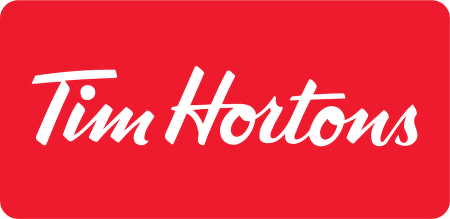
To instead look like this:

For the viewers sake, these changes made a lot of sense. It made the viewing experience much cleaner. For advertisers, however, this made it a bit more difficult to stand out.
Going Virtual
One of the most intriguing integrated advertising innovations in all of sports has been the recent virtual initiatives of international and NHL broadcasts.
While in-rink board ads have remained the same, what appears on television has changed drastically. In fact, virtual overlays have created a way to use rink boards for two separate sets of advertisements.
To date, there have been two types of virtual ads used during hockey broadcasts.
The first, appears sporadically, behind the goal, on the glass above the ice:
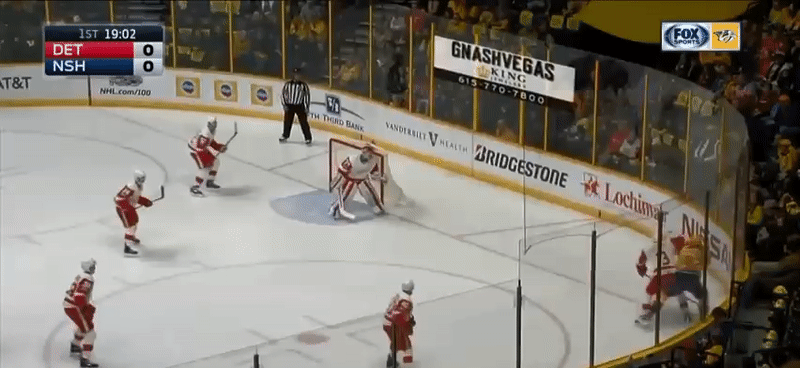
The above virtual ad is for a Las Vegas event – as the game is being played in Las Vegas.
Virtual overlays do not appear elsewhere on the glass, only behind the goal, when the camera moves to one side of the rink.
More impressively, virtual ad overlays have been introduced to the boards of hockey rinks during television broadcasts. These overlays sit on top of what already physically appears on the boards.
What does that mean?
In-arena viewers see one set of ads, and broadcast viewers see an entirely different set of ads.
Ads can be changed continuously throughout the course of a game – creating a more integrated ad experience for viewers, advertisers, and broadcasters/NHL teams.
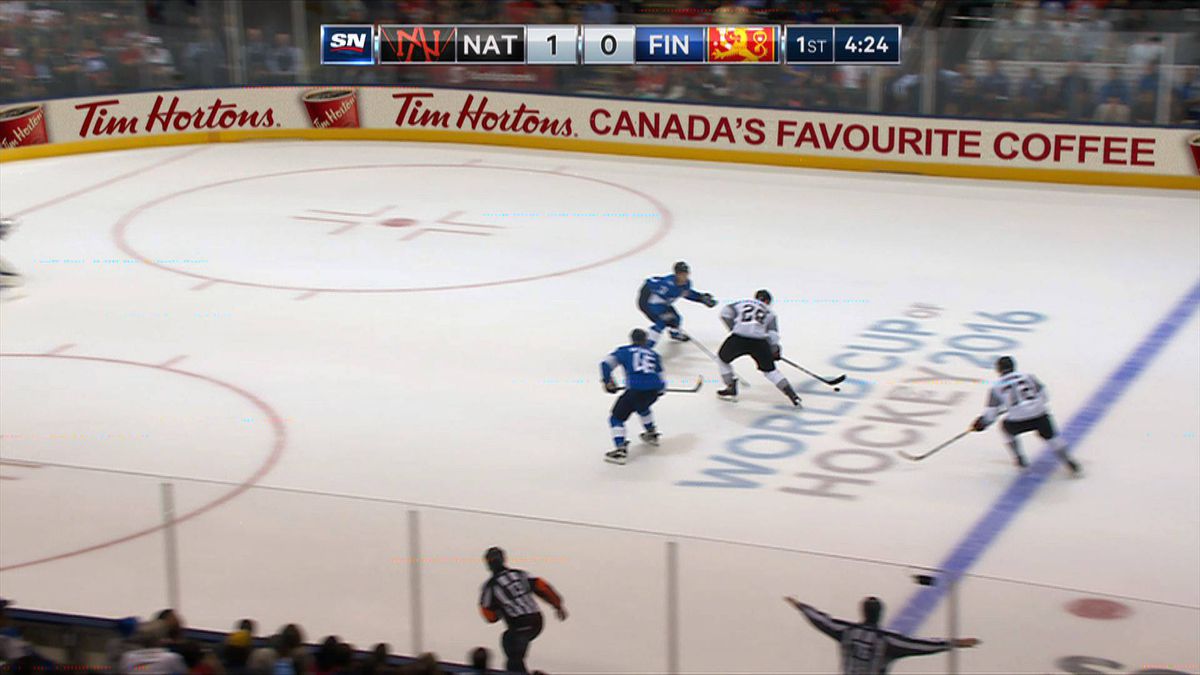
For Viewers
Viewers get a bit more variety throughout the game. If ads continuously change, there’s most likely a greater chance they’ll take notice.
On top of that, each individual ad is better integrated into its environment, since the boards appear more consistent. It provides a cleaner, more digestible ad experience for those watching on TV.
For Advertisers
Virtual overlays offer a few major benefits to advertisers.
With virtual overlay ads, a single brand occupies the entirety of the boards for an alloted amount of time. Instead of swimming in a sea of brands, they occupy 100% of the available board space.
Furthermore, with more ad space, these overlays allow brands to offer full messages. Previously, brand advertisements consisted of logos, and usually nothing else.
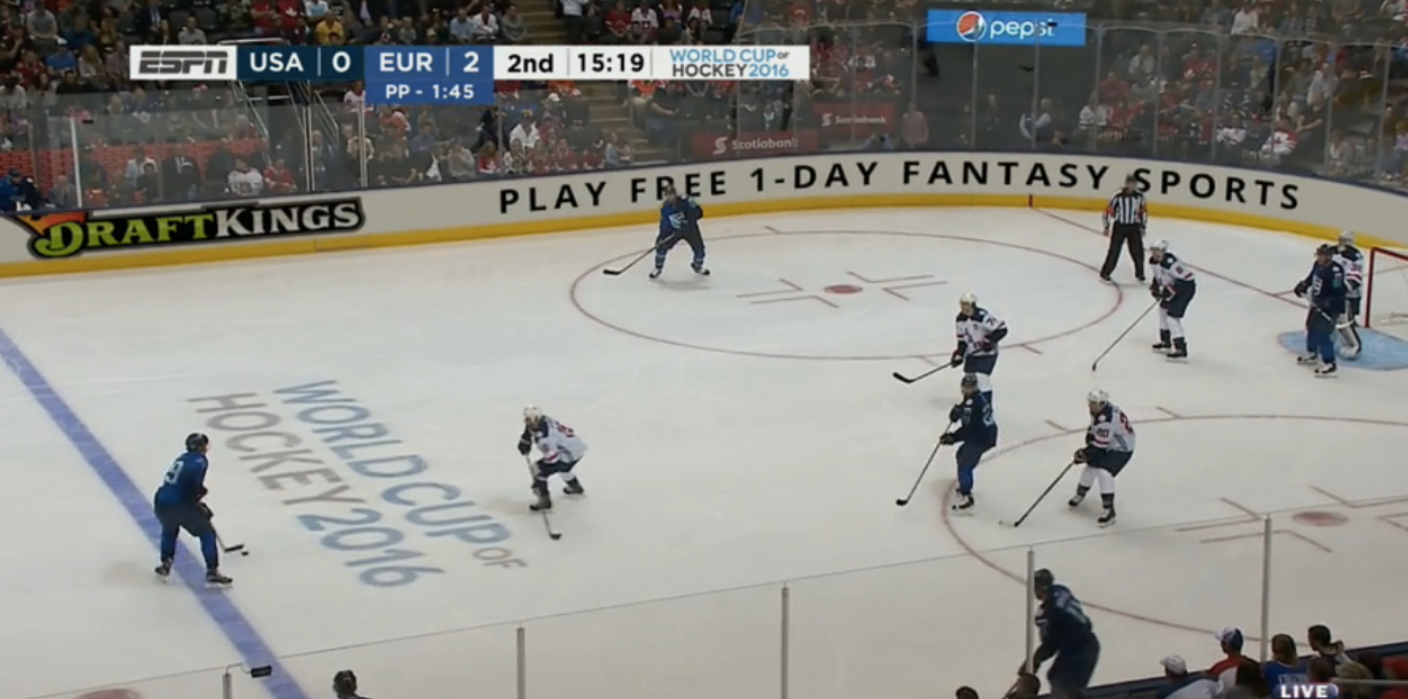
For Broadcasters
Hockey broadcasters and organizations may now have the ability to target both local and national markets, in the same game, with the same ad space.
Local ads can be shown inside the arena, for the local crowd, while different ads can be shown on television broadcasts, for larger audiences, or audiences in different cities/countries.
These overlays add a ton of depth to in-game advertising, and move us one step closer to maximizing the speed and space of the hockey environment.
What the Future Could Look Like
One of the last questions that remains for hockey going forward, is whether or not the NHL will decide to adopt jersey patch ads, as other sports have, most recently, the NBA. And although some say that the NHL’s move to jersey patch ads is imminent, for the time being, Commissioner Gary Bettman has made no official moves.
All in all, in looking at baseball and hockey thus far, they have shown great strides in innovation, in bringing viewers the ultimate integrated advertising experience.
More to Come!
To this point, we’ve covered the World Series and the sport of hockey… Be sure to stay tuned for our next post, which will be about jersey patch ads, as we cover the sport of basketball and the NBA.
